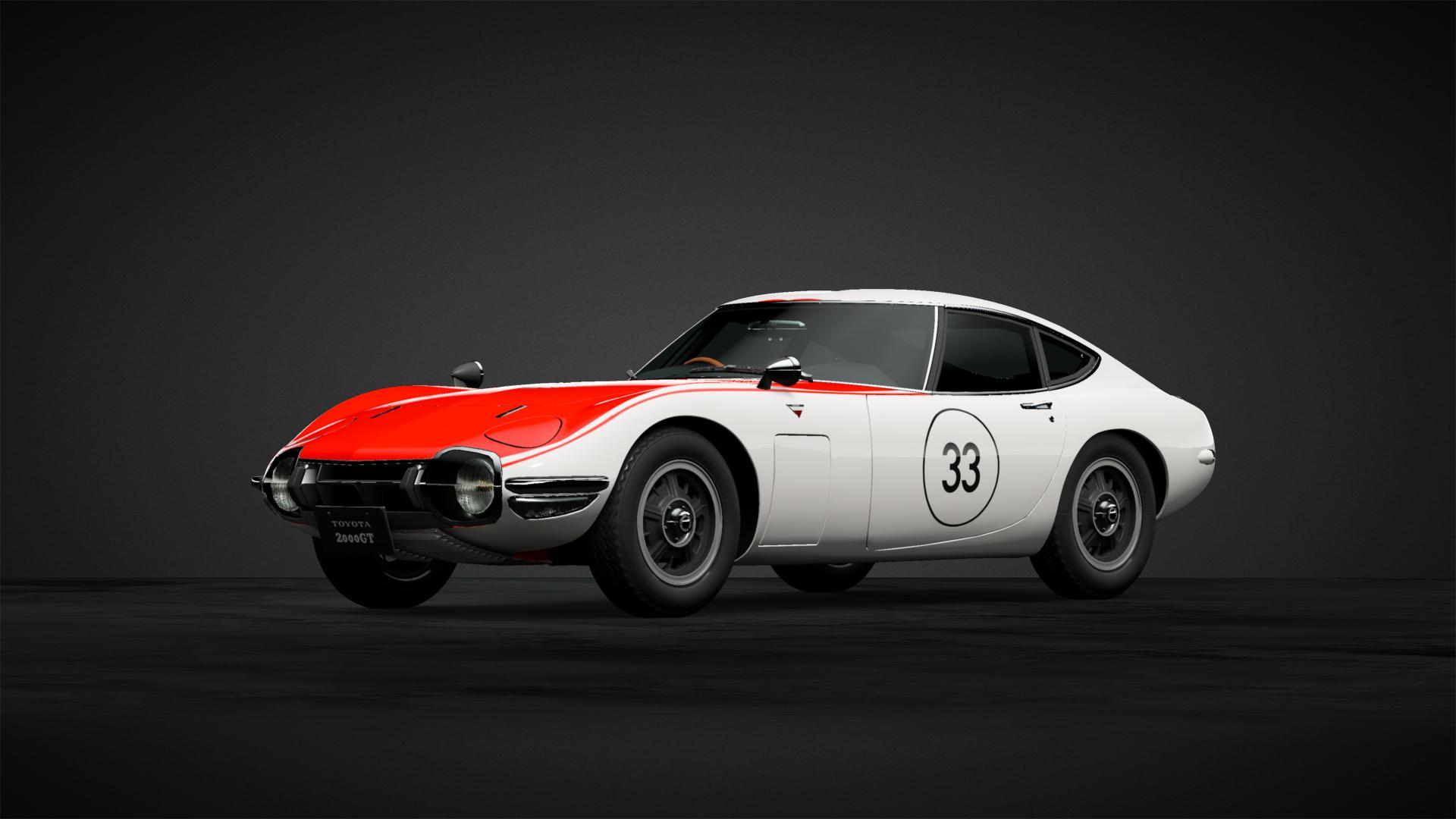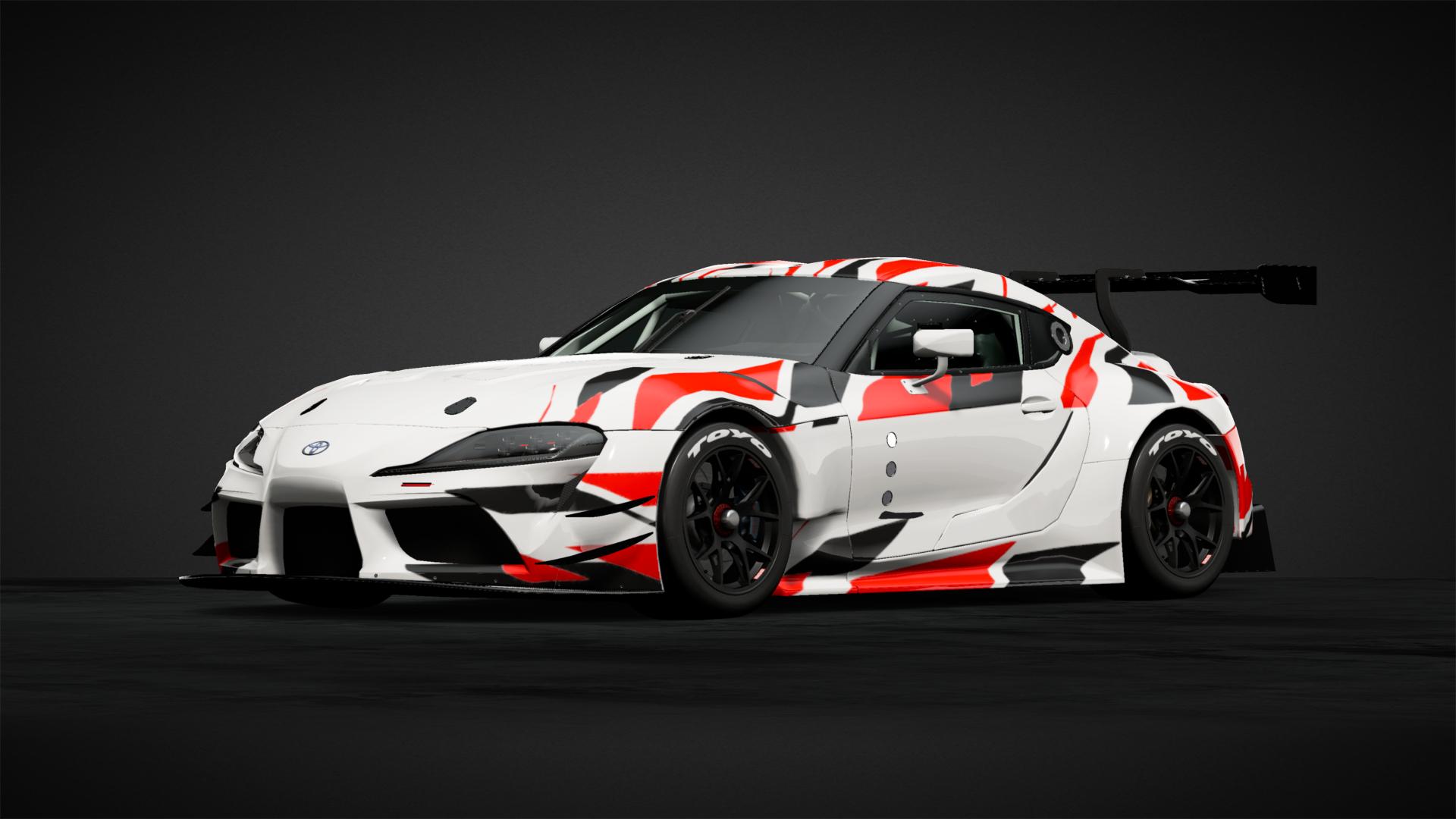
Toyota 2000GT
“A dream car in Japanese automotive history, full of originality in both style and mechanism.”
Called Japan’s first exotic or supercar by some, the Toyota 2000GT was certainly revolutionary as far as Japanese cars went. The smooth, flowing lines of the 2000GT were reminiscent of Ferraris of the day, and it was built on a backbone chassis, which was used extensively by Lotus at the time.
Underneath its long hood was a 2.0-liter DOHC inline-6, based on the top-of-the-line Crown powerplant, which produced 147 BHP. This engine was jointly developed by Yamaha. The famous motorcycle/musical instrument maker also provided the wood grain on the car’s dashboard with materials it used for its world-class pianos.
The car’s suspension was also first rate, with double wishbones at both front and rear. But the Toyota 2000GT was not all about beauty. This highly tuned machine was able to win several times on the Fuji Speedway and Suzuka Circuit, even establishing the international speed record on the Yatabe test course going as fast as 136 mph. Two special convertible versions were produced for the James Bond movie, “You Only Live Twice,” giving the Toyota sports car worldwide appeal.
Sales of such a high-end sports car were not stellar, especially one with a price tag of 2,380,000 yen, which was twice as expensive as the luxury model Crown, and Toyota was faced with the hard reality of ceasing the car’s production after making only 300 cars.

GR Supra Racing Concept
The GR Supra Racing Concept, revealed at the 2018 Geneva Motor Show, is a concept model of the Supra, a sportscar that was manufactured by Toyota up until 2002. In this concept, the model was brought back for the first time in 16 years as a race car.
The car was developed by Toyota Gazoo Racing, the division of Toyota that handles their motorsports activities and the ‘GR’ (Gazoo Racing) sports car series.
This concept with its traditional long nose/short deck form is a front engine, rear wheel drive 2 door coupe. The compact body utilises light weight, high strength carbon composite materials used in front line racing. The large blister fenders and rear wing, as well as the rear diffuser were developed to provide superior aerodynamic and driving performance.
The suspension, wheels, tyres, and brakes utilise pure race spec hardware. The interior contains a dashboard with a rear view monitor, racing seats, steering wheel with paddle shifters, and the column, pedals, roll cage, etc. are also all racing spec.
The Supra was loved by fans all over the world for a quarter of a century as ‘The Sports of Toyota’, and left a solid footprint in motorsports. Even today, many fans still eagerly await the Supra’s return as a roadcar.
Sales of such a high-end sports car were not stellar, especially one with a price tag of 2,380,000 yen, which was twice as expensive as the luxury model Crown, and Toyota was faced with the hard reality of ceasing the car’s production after making only 300 cars.
To enhance the 86’s handling, the company’s chassis engineers stiffened the body and adopted aluminium in the roof panel to lower the centre of gravity, as well as reduce overall height. With the GR86, Toyota offered sports-car enthusiasts exactly what they were hoping for with the 86: a meaner, faster version of the car that was designed for the race track.
